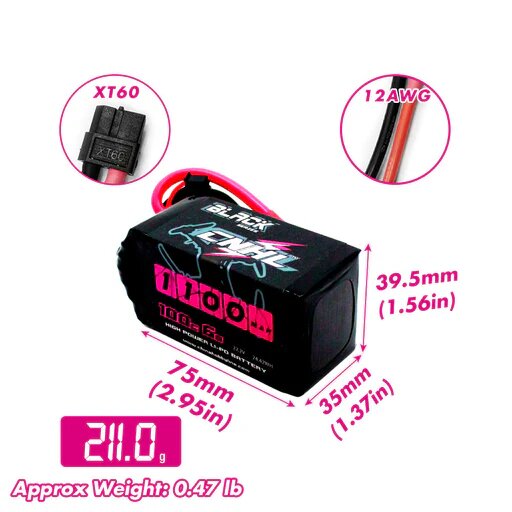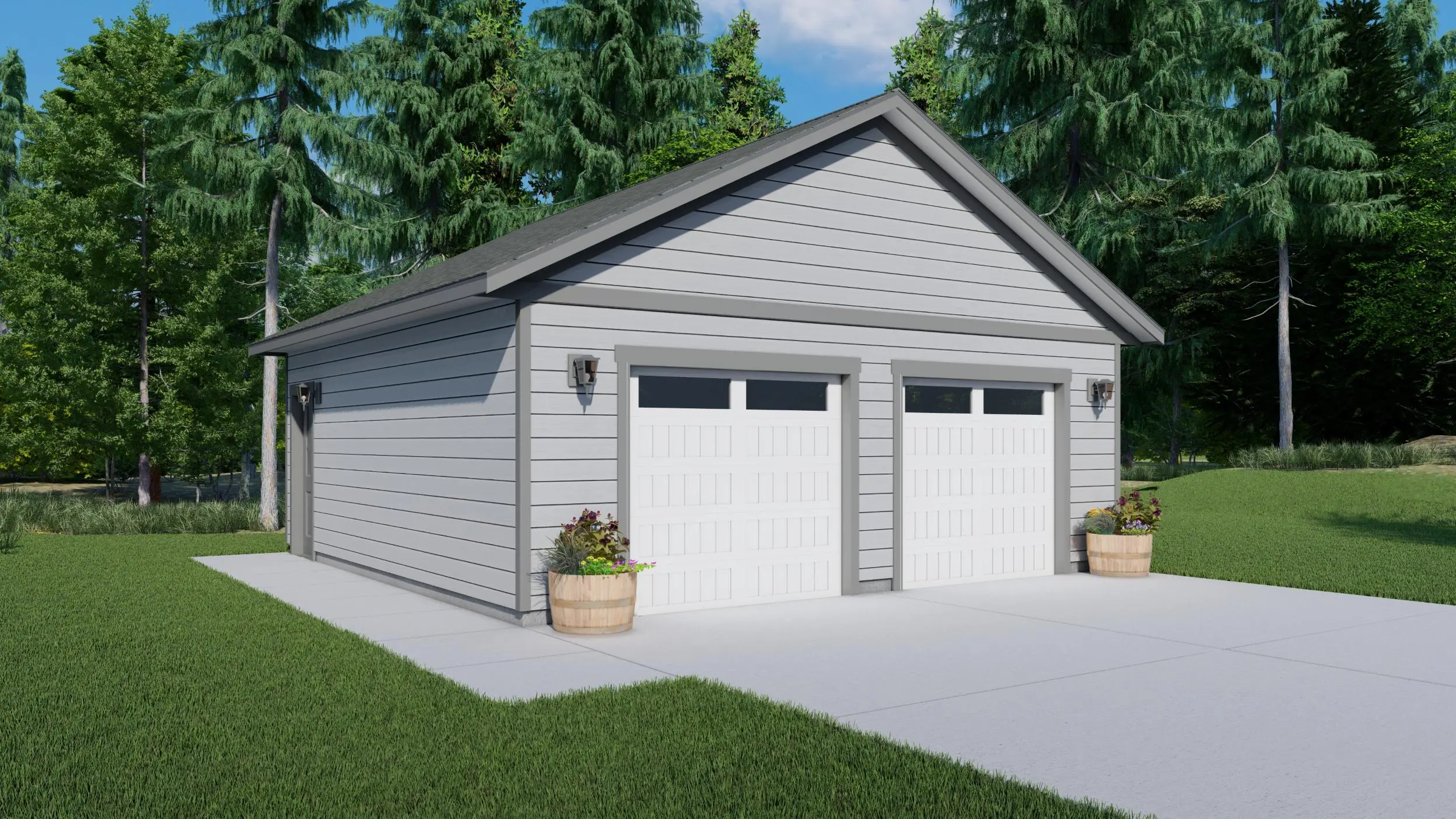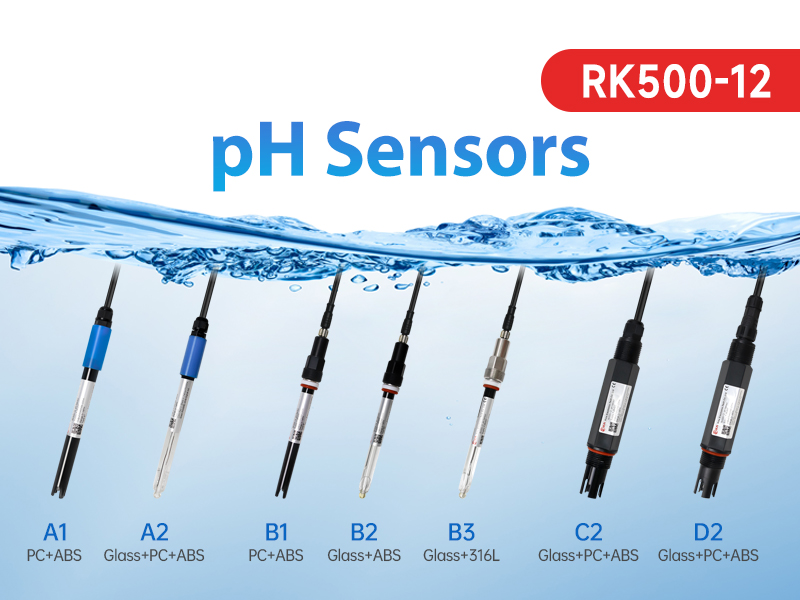Extending the lifespan of your 6S LiPo (Lithium Polymer) battery is crucial for maximizing performance, reliability, and safety in RC vehicles, drones, and other high-power applications. LiPo batteries are sensitive to improper handling, charging, and storage practices, which can significantly affect their longevity. This guide provides essential maintenance and care tips to help you prolong the lifespan of your 6S LiPo batteries and optimize their performance over time.
Understanding 6S LiPo Battery Basics
A 6S LiPo battery consists of six individual cells connected in series, providing a nominal voltage of 22.2 volts (3.7 volts per cell). Proper care and maintenance practices are essential to prevent issues such as overcharging, undercharging, imbalance, or physical damage, which can degrade battery performance and lifespan.
Maintenance and Care Tips
1. Charge and Discharge Cycles
- Avoid Full Discharge: LiPo batteries should not be discharged below approximately 3.0 volts per cell under load. Discharging beyond this threshold can damage the battery irreversibly. Use a low-voltage alarm or telemetry system to monitor voltage during use.
- Avoid Overcharging: Use a balance charger set to the correct voltage and charge rate (C rating). Avoid charging at rates higher than recommended by the battery manufacturer, as this can shorten lifespan and compromise safety.
2. Storage Practices
- Optimal Storage Voltage: When storing your 6S LiPo battery for more than a few days, discharge it to a storage voltage of approximately 3.7 to 3.85 volts per cell. Most modern chargers have a storage mode feature that automatically adjusts the battery to this level.
- Temperature Considerations: Store LiPo batteries in a cool, dry place, ideally between 20°C to 25°C (68°F to 77°F). Avoid exposing batteries to extreme temperatures, direct sunlight, or humid environments, as these can accelerate degradation.
3. Physical Handling
- Avoid Physical Damage: Handle LiPo batteries with care to prevent punctures, tears, or impact, which can damage internal components and lead to safety hazards. Use protective cases or storage bags when transporting batteries.
- Inspect Regularly: Before and after use, inspect batteries for any signs of swelling, damage, or wear. Replace damaged batteries immediately to prevent further issues.
4. Charging Practices
- Balance Charging: Always use a balance charger when charging your 6S LiPo battery. Balance charging ensures that each cell within the battery pack charges evenly, preventing imbalance and extending overall battery life.
- Monitor Charging: Never leave batteries unattended while charging. Monitor the charging process closely for any signs of overheating, smoke, or unusual behavior. Use a fireproof LiPo-safe charging bag or container as an added safety precaution.
5. Use and Application
- Match Battery to Application: Select a battery with appropriate capacity (mAh), discharge rate (C rating), and size for your specific RC vehicle, drone, or application. Avoid using batteries beyond their recommended specifications to prevent damage.
- Cooling Periods: Allow LiPo batteries to cool down between use and charging cycles. This helps maintain optimal performance and prevents overheating during high-demand operations.
Safety Precautions
- Fire Safety: Have a Class D fire extinguisher or appropriate firefighting equipment nearby when handling or charging LiPo batteries. In case of battery swelling, smoke, or fire, handle batteries with caution and use firefighting measures suitable for lithium fires.
- Dispose of Expired Batteries: When a 6S LiPo battery reaches the end of its lifespan or shows signs of significant wear, dispose of it properly according to local regulations. Many recycling centers accept LiPo batteries for safe disposal.
Conclusion
By implementing these maintenance and care tips, you can significantly extend the lifespan of your 6S LiPo batteries and optimize their performance over time. Prioritize safe handling, proper charging practices, and regular inspection to ensure reliable operation and longevity in your RC vehicles, drones, or other high-power applications. Consistent maintenance and adherence to safety guidelines will help you maximize the benefits of your 6S LiPo batteries while minimizing the risks associated with improper handling or neglect.




